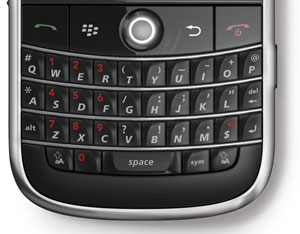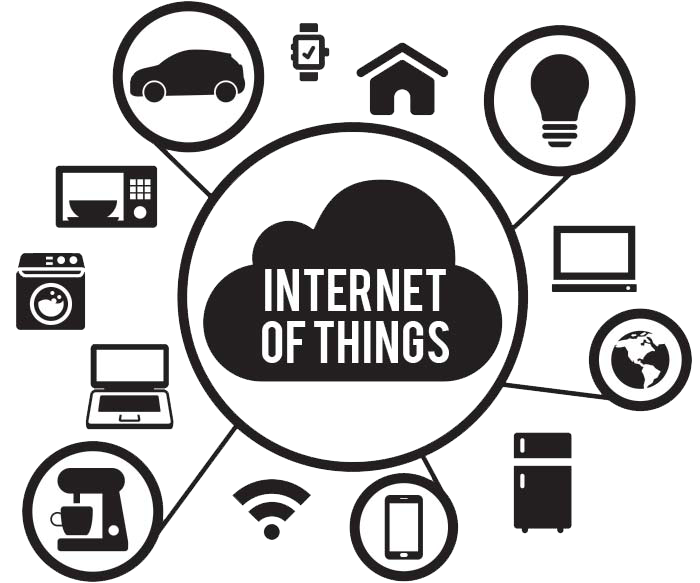The Evolution of Wireless Enterprise; How did we get here?
Published by: SimplifyWireless
When we first started in the wireless business, life was simple. 20 years ago, it was purchase a device and a monthly rate plan; that was it. Today, it is not so simple.
When I first started in the wireless business, life was simple. 20 years ago, it was purchase a device and a monthly rate plan; that was it. Today, it is not so simple. Now there is a plethora of devices, wireless carriers, systems, processes, policies, applications and the acronyms. Oh man, the acronyms. There is just WAY too many out there. So much so, it frankly warrants its own article to explain to someone that is not in our industry.
 In the beginning…
In the beginning…
Businesses had one goal. Deploy voice communication to their field staff and executives. Phones were purchased, and monthly wireless bills were paid. Every once and while the wireless bill would be hit with a large charge that could be easily identified to the employee. The business would police the employee and warn them of their future usage. Fleet sizes were small and averaged in the hundreds. Only a small percentage of all employees received mobile phones. Tracking who has what was easy, and it was manageable.
Enter the Blackberry….
 In the early 2000’s there were certainly other smartphones out there. However, they did not make as much of an impact as Blackberry did on business. Blackberry opened the door to email and texting. With Blackberry came the Blackberry Enterprise Server (BES). This was a game changer and introduced what we call Mobile Device Management (MDM). Now since there were only one predominate device type and MDM software, keeping track of who was assigned to devices and their connections was still manageable. Since everything was in the BES, you knew who was assigned to what. Furthermore, you could control what a device could or could not do. Blackberry also introduced us to the concept of applications designed for business operations. At the time, only organizations with mission critical field staff, such as health care or logistical organizations, made the investments to develop and deploy applications. This showed the industry that paper could be eliminated. The future of wireless never looked better
In the early 2000’s there were certainly other smartphones out there. However, they did not make as much of an impact as Blackberry did on business. Blackberry opened the door to email and texting. With Blackberry came the Blackberry Enterprise Server (BES). This was a game changer and introduced what we call Mobile Device Management (MDM). Now since there were only one predominate device type and MDM software, keeping track of who was assigned to devices and their connections was still manageable. Since everything was in the BES, you knew who was assigned to what. Furthermore, you could control what a device could or could not do. Blackberry also introduced us to the concept of applications designed for business operations. At the time, only organizations with mission critical field staff, such as health care or logistical organizations, made the investments to develop and deploy applications. This showed the industry that paper could be eliminated. The future of wireless never looked better
The smartphone revolution…

With the introduction of Android and iOS brought a great deal more to manage. Everyone has one, no two are the same, and they all operate slightly different. IT departments were taxed with finding the right MDM to control these devices and applications. Accounting departments struggled to make sense of multiple carrier bills and who was assigned to what device. It had never been more confusing. The smartphone brought us all kinds of tools such as Telecom Expense Management, ticketing, procurement, inventory, and MDM systems. As these tools evolved, they served a single purpose. Pulling all this information together, to tell a story, has never been so difficult. It now requires a lot of effort and expertise to make sense of it all. Wireless reporting became the challenge.
IoT is here to stay…

IoT is revolutionizing our daily lives. It seems like everything has a wireless connection. Wireless used to be assigned to only people. With IoT, everything and everybody are now assigned to wireless connections and devices. Wireless fleets are growing at a break-net speed and tracking all of this is becoming the biggest challenge. Businesses are now faced with how to deal with this influx of carrier processes, devices, and monthly bills. Most continue to make investments to their existing tools and infrastructure at a hefty expense. This will be the challenge moving into the future. More connections mean more processes, more monthly billing, more devices and more change requests. This is never going to slow down. It will be imperative for businesses to look for consolidated tools and processes in the future. New tools will be necessary to pull all wireless information into a single methodology.
Let’s face it; the wireless industry is still in its infancy. We have all been at it for a couple decades. As we turn the corner with IoT, the inventory, and the process to manage all of this is going to evolve. Airtime rates are what they are. There will always be ways of optimizing the monthly bill with a great TEM solution. However, enterprises need to focus on developing streamline processes and better inventory practices into the future. This is where the real cost savings will be found as the industry evolves.